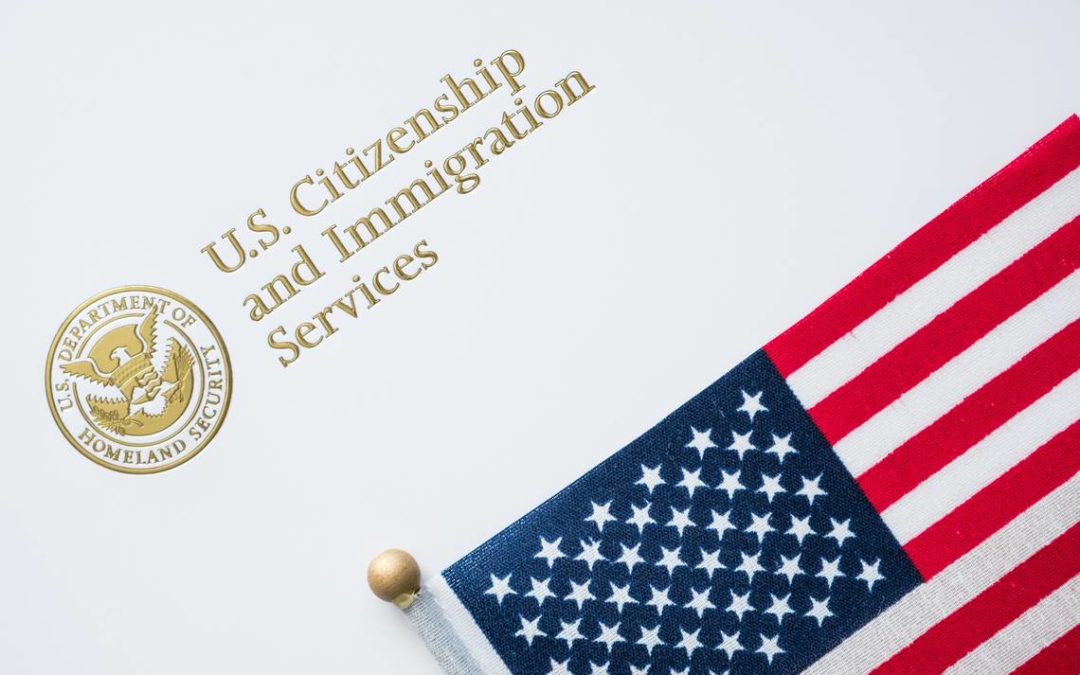The EB-5 Immigrant Investor Program will endure another change from USCIS since the adjudication process for I-526 Petitions will change from a first-in-first-out adjudication basis to a process that will prioritize petition adjudication where visas are available or soon to be available. This process will come into effect today, March 31st, 2020.
I-526 (EB-5) Changes Effective March 31st In Detail
As described by IPO Chief Sarah Kendall and DOS Visa Control Office Chief Charles Oppenheim, the visa availability approach (or VAA, for short) will prioritize I-526 adjudications for visas that are either immediately available or soon will be. This will apply to all I-526 petitions that were not assigned as of March 31st, including petitions that are currently pending in the pipeline. When deciding which I-526 applications will not be assigned for adjudication, the IPO will consult the Chart B Dates for Filing from the Visa Bulletin. So long as the filing date for a petition does not fall within the dates in which a visa application can be filed, the petition will not be assigned for adjudication for that month.
Petitions with an approved expedite request will continue to be assigned for adjudication, no matter which country the petitioner is from. However, if the petitioner comes from a country held back by the VAA but has another visa available from their spouse, they can contact IPO to go over the situation with them.
The VAA has not changed the rules when it comes to visa availability, noting that the per-country cap and EB-5 quota is not changing either. This is because, according to USCIS, the VAA will keep the number of leftovers to a minimum in order to ensure that other applicants from around the world can maximize their visas. According to Oppenheim, the number of leftover visas is expected to remain the same.
The representative from USCIS declined to provide an answer regarding the I-526’s backlog, but we do know that the VAA will prioritize petitioners who come from low volume countries. Now, regarding low I-526 completion rates, an issue that was also present a year ago, Kendall stated that vetting efforts from the VAA have increased in an attempt to find any potential signs of abuse, fraud, or other disqualifications. Identifying any possible such disqualifying signs are vital to the success of the EB-5 program in order to ensure that only petitioners who lack such disqualifications are awarded. New data in regard to the adjudication backlog is expected to be published by the USCIS Office of Performance and Quality by mid-April.
Kendall (USCIS) further states that the Office of Performance and Quality would revise processing times for the I-526 due to the VAA changes. However, as many of us would like to see, there is currently not a plan to display any processing times for specific countries.
Oppenheim was also asked about what effect the COVID-19 situation would have in regard to consular processing, as consulates are currently closed due to the virus. Oppenheim stated that USCIS would have to do the very best it can. He also indicated that India is projected to become current in the summer, pending the receipt of increased numbers of approved petitions at the National Visa Center.
As these changes take effect, feel free to reach out to us at Rahbaran Law with any questions, concerns, or ability/availability to get started or continue on your EB-5 petition in 2020.

